Bigleaf Maple Tree
- June 7, 2023
- 0 comment
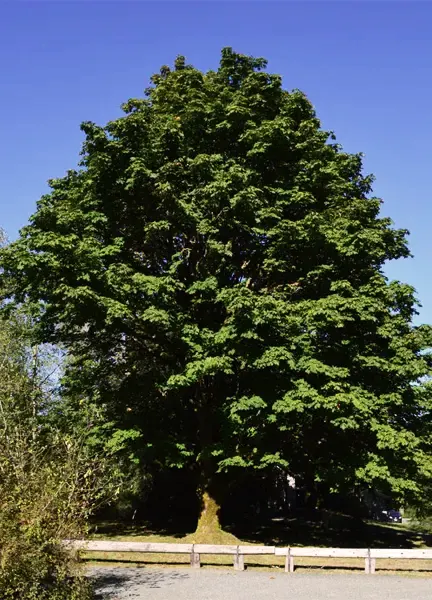
Common Name: Bigleaf Maple Tree
Botanical Name: Acer macrophyllum
Family: Sapindaceae
Plant Type: Deciduous tree
The Bigleaf Maple Tree, scientifically known as Acer macrophyllum, is an iconic and magnificent species that grace the landscapes of North America. Its grandeur, unique characteristics, and diverse attributes make it a remarkable addition to any environment. In this blog, we will delve into the fascinating world of the Bigleaf Maple Tree, exploring its features, benefits, care requirements, and much more.
Tree Details
Lumber
Bigleaf maple lumber comes from the wood of the Bigleaf maple tree, a species native to western North America. It is prized for its beautiful grain patterns, vibrant colors, and versatility in woodworking. The wood is durable, strong, and easy to work with, making it ideal for furniture, cabinetry, musical instruments, and decorative veneers. Bigleaf maple lumber often features unique swirls, curls, and burls, adding a touch of elegance to any project. It is known for its stability and resistance to warping.
Read more about Bigleaf maple lumber
Mature Size
The Bigleaf Maple Tree is known for its impressive size, reaching heights between 50 to 100 feet (15 to 30 meters) tall. Its wide-spreading crown can extend up to 60 feet (18 meters) in width, providing ample shade and beauty.
Soil Type
This tree thrives in a variety of soil types, including loamy, sandy, and well-drained soils. It can also tolerate clay soils but prefers moisture-rich environments.

Hardness Zones
The Bigleaf Maple Tree is commonly found in hardiness zones 6 to 9. However, it can adapt to a broader range of climates under suitable conditions.
- Zone 6: This zone typically experiences average minimum temperatures ranging from -10°F to 0°F (-23°C to -18°C). Bigleaf Maple Trees can withstand these colder temperatures but may benefit from some protection, particularly when young.
- Zone 7: In Zone 7, the average minimum temperatures range from 0°F to 10°F (-18°C to -12°C). Bigleaf Maple Trees are well-suited to this zone and can tolerate the occasional winter chill.
- Zone 8: This zone has average minimum temperatures ranging from 10°F to 20°F (-12°C to -6.7°C). Bigleaf Maple Trees thrive in this zone and can handle the milder winters without significant issues.
- Zone 9: In Zone 9, the average minimum temperatures range from 20°F to 30°F (-6.7°C to -1.1°C). Bigleaf Maple Trees are ideally suited to this zone and can flourish without being severely affected by winter cold.
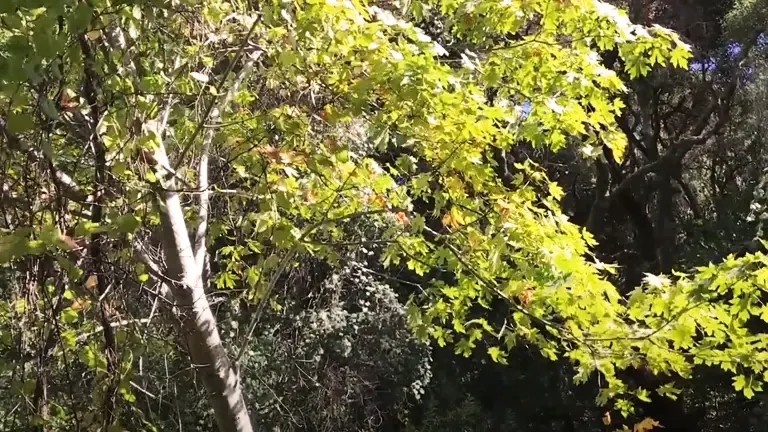
Growth Rate
known for its rapid growth, the Bigleaf Maple Tree can add 24 inches (61 centimeters) or more to its height annually, especially during its early years.
Sun Preference
While the Bigleaf Maple Tree can tolerate partial shade, it generally thrives in full sun exposure. However, in hotter climates, it benefits from some shade during the afternoon to prevent leaf scorch.
Soil Preference
This tree prefers well-drained soil with consistent moisture. It can adapt to various soil pH levels but tends to grow best in slightly acidic to neutral soil.
Attributes
The Bigleaf Maple Tree boasts several notable attributes. Its most striking feature is its large, vibrant green leaves, which can measure up to 12 inches (30 centimeters) in diameter. During fall, the leaves transition to a beautiful array of yellow, orange, and red hues, creating a picturesque autumn scene. Additionally, this species produces small, inconspicuous flowers that develop into winged samaras, or “helicopter seeds,” which disperse easily with the wind.
Wildlife Value
The Bigleaf Maple Tree serves as an essential habitat for a diverse range of wildlife. Its dense foliage provides shelter for birds, small mammals, and insects. The seeds, buds, and twigs of this tree are also valuable food sources for numerous bird species.
Native Area
The Bigleaf Maple Tree is native to the western regions of North America, spanning from British Columbia in Canada down to California in the United States.
Care
To ensure the health and vitality of the Bigleaf Maple Tree, regular care is essential. It benefits from regular watering, especially during dry periods. Mulching around the base of the tree helps retain soil moisture and suppress weed growth. Pruning should be done during the dormant season to shape the tree and remove dead or damaged branches.
Benefits
Apart from its sheer beauty, the Bigleaf Maple Tree offers various benefits. Its extensive canopy provides excellent shade, making it an ideal choice for parks, gardens, and residential landscapes. Moreover, its dense foliage helps improve air quality by filtering pollutants and reducing noise levels.
Invasive
The Bigleaf Maple Tree is not considered invasive. However, its vigorous growth may cause it to overshadow smaller neighboring plants if not managed appropriately.
Lifespan
Under favorable conditions, the Bigleaf Maple Tree can live for several decades, with an average lifespan of 100 to 150 years.
Disadvantages
One potential drawback of the Bigleaf Maple Tree is its large size. In compact urban environments, it may not be suitable due to its expansive canopy and extensive root system.
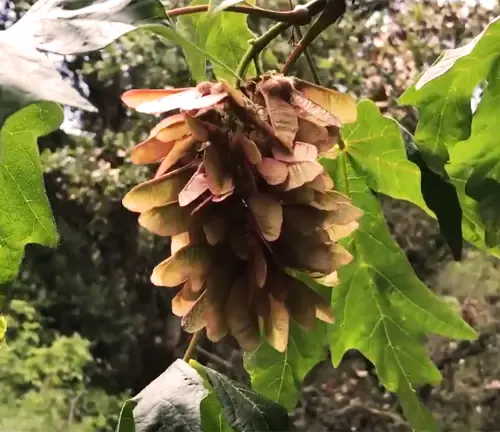
Edible or Not
While the sap of the Bigleaf Maple Tree can be used to make syrup, the seeds, leaves, and bark are not typically consumed by humans.
Habitat Requirements
The Bigleaf Maple Tree thrives in moist environments, including riparian zones, riverbanks, and mixed forests. It can withstand occasional flooding and is often found near streams and water bodies.
Name Origin
The common name “Bigleaf Maple” stems from the tree’s large leaves, which distinguish it from other maple species. The genus name “Acer” originates from the Latin word for “sharp” or “keen,” referring to the tree’s hardwood. “Macrophyllum” translates to “large-leaved” in Greek, further emphasizing the tree’s distinctive feature.
Fun Facts
- The Bigleaf Maple Tree holds the title for having the largest leaves among all maple species.
- Indigenous cultures in the Pacific Northwest have long revered the Bigleaf Maple Tree for its versatile uses, including basketry, medicinal purposes, and crafting musical instruments.
- The sap of the Bigleaf Maple Tree can be boiled down to create a sweet maple syrup, although it is less commonly used for this purpose compared to other maple species.
Characteristics
Apart from its large leaves, the Bigleaf Maple Tree is characterized by its grayish-brown bark, which develops deep ridges and furrows with age. Its branches often grow in a spreading, irregular pattern, creating a picturesque silhouette.
Varieties
While Acer macrophyllum is the primary species of Bigleaf Maple, there are no widely recognized varieties within this species.
Pruning
Pruning the Bigleaf Maple Tree is recommended during the dormant season to maintain its shape and promote optimal growth. It is essential to remove dead, diseased, or crossing branches to prevent damage and improve air circulation.
Propagating
The Bigleaf Maple Tree can be propagated through various methods, including seed germination, hardwood cuttings, and grafting. However, it’s worth noting that growing from seed can take longer to produce a mature tree.
Common Pests & Diseases
The Bigleaf Maple Tree is generally resilient and not prone to severe pest or disease issues. However, it can occasionally face challenges such as aphids, scale insects, tar spot fungus, and powdery mildew. Regular monitoring and appropriate treatments can help mitigate these issues.
Conclusion
The Bigleaf Maple Tree stands as a remarkable testament to the natural beauty and resilience found in North America. From its grand stature and vibrant foliage to its vital role in supporting local ecosystems, this majestic tree continues to captivate both nature enthusiasts and casual observers. By understanding its characteristics, care requirements, and benefits, we can better appreciate and conserve this iconic species for generations to come.
Frequently Asked Questions
- Can I grow a Bigleaf Maple Tree in a small garden? While the Bigleaf Maple Tree’s majestic beauty is captivating, its large size may not be suitable for a small garden. Consider the available space and potential limitations before planting.
- How often should I water a Bigleaf Maple Tree? Young trees benefit from regular watering during dry periods. Once established, they are generally drought-tolerant but still appreciate occasional deep watering during prolonged dry spells.
- Can I tap the Bigleaf Maple Tree for syrup production? Yes, the sap of the Bigleaf Maple Tree can be used to make syrup. However, it has a lower sugar content compared to other maple species, making the process less common.


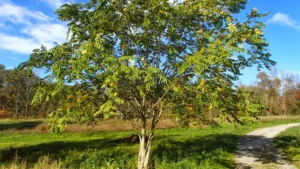
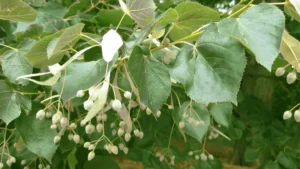
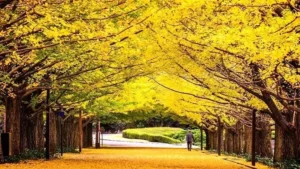

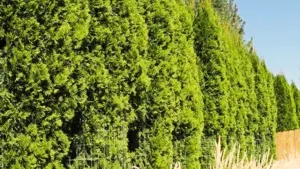
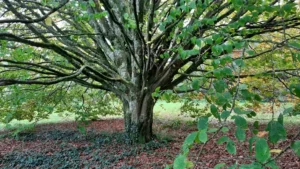

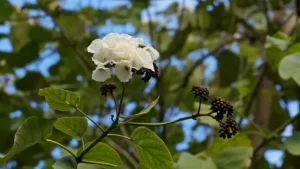

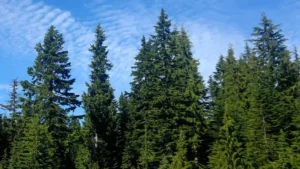
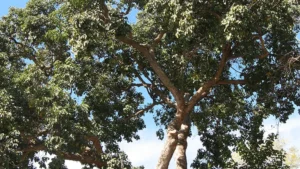
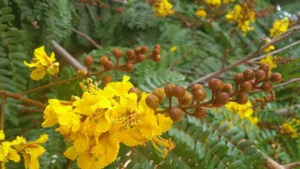
Leave your comment